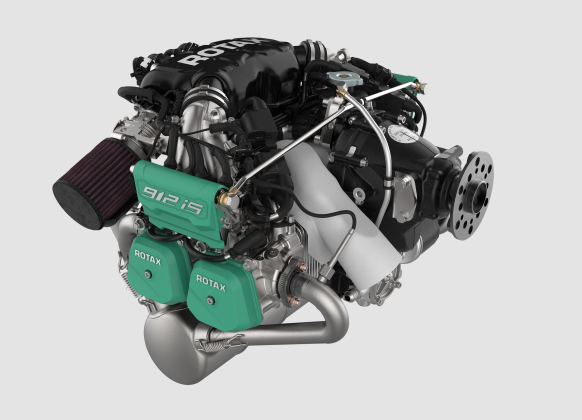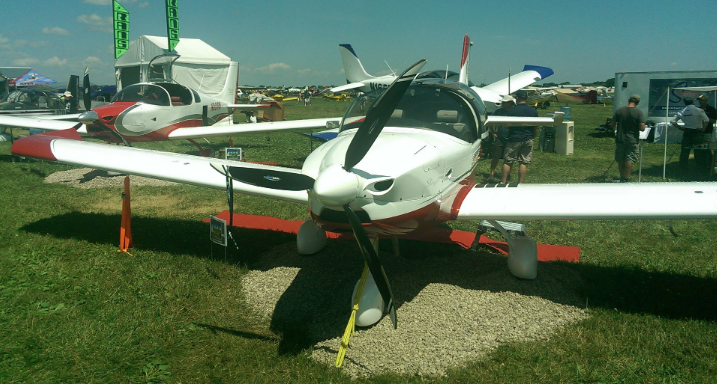Finally — the fuselage has been freed from the heavy wooden stand that secured it within the sea shipping container. My small but mighty workforce – buddy Charlie, my wife Mary Ann and I – managed to lift the fuselage off of the stand and place it on blocks, supported by a workbench. Hooray!
In hindsight, I probably should have cut down the legs of the stand at the tail – before dealing with the front. The blocks keep the front and rear level and about the same height as it had been. It’s a little precarious, but it’s only supposed to be for a short time – until I get the main landing gear attached.
Getting the landing gear into position wasn’t too difficult, even though the landing gear is rather heavy. I was able to use a hydraulic floor jack to lift it into place and insert a couple of through-bolts – all by myself.
There’s a tip in the construction manual about the factory using “pointed” bolts to lead the way for the the actual mounting bolts. I ground down the threads to make rounded and somewhat tapered tips on two extra bolts I happened to have. This made it relatively easily to just push the bolts through the steel brackets and the landing gear. That’s very encouraging and I’m hopeful that inserting all 4 mounting bolts will be doable.
Unfortunately, there is more gap than I think there should be between the landing gear and the faces of the steel mounting point brackets where four 8 x 175mm through-bolts will pull everything together. Measuring the thickness of a stack of scrap aluminum sheet inserted into the gap, I was able to determine that it’s 2.5 to 3.0mm.
I checked with the factory and they say the gap should be 0.0 to 0.5mm. This excess-gap issue is apparently not uncommon, yet somehow remains undocumented. They offered to make me custom laser-cut shims. I appreciate that. Hopefully it won’t take too long to get them. Meanwhile, I’m reluctant to do much while the fuselage is perched on the blocks. I wouldn’t be happy if it were to roll forward or backward. Crunch!
Not having the fuselage sitting solidly on the landing gear is going to hold me back from working in the center-fuselage area to mount controls and linkages. I don’t really have the inclination and wherewithal to build a fuselage “rotisserie” like some aircraft builders do. And, I don’t have ready access to enough warm bodies to muscle the fuselage around the shop, putting it on it’s side, et cetera. At this stage, I still have some other things to work on.


